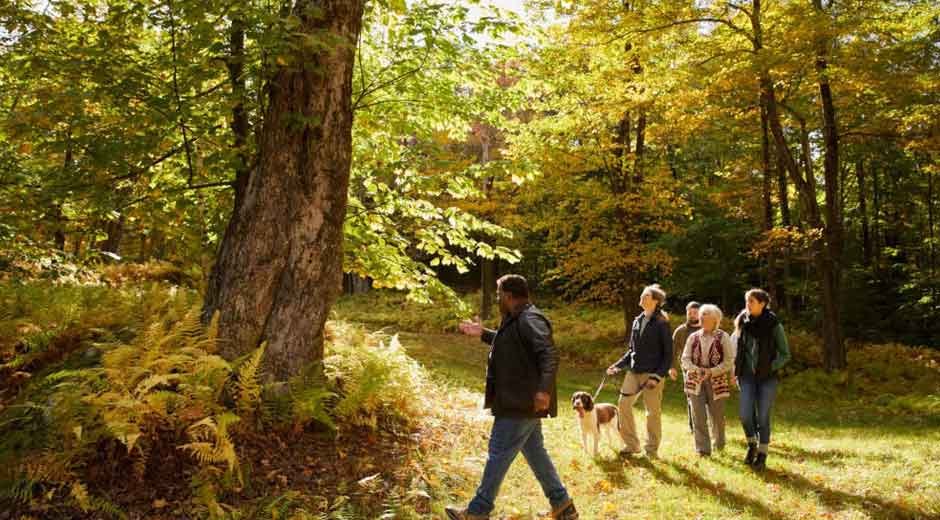Memorial traditions are evolving as more people look for ways to honor loved ones while also caring for the environment. Traditional burials and monuments often require significant resources and have lasting impacts on the planet.
Green memorials, on the other hand, offer a meaningful alternative that reflects values of sustainability, conservation, and renewal, as highlighted in this article.
Table of Contents
The Shift Toward Eco-Friendly Farewells
Families are becoming increasingly aware of the environmental footprint associated with conventional memorials. Coffins, headstones, embalming fluids, and cemetery maintenance can leave a lasting environmental impact. In contrast, green memorials focus on natural processes, minimal resource use, and harmony with the earth. This approach aligns with the growing global movement toward sustainable living.
For many, a green memorial is not just a final act but also a continuation of a lifelong commitment to protecting nature. It allows people to leave a legacy that contributes positively to the planet rather than depleting its resources.
Different Forms of Green Memorials
Green memorials can take several forms. Some choose natural burial sites where the body is laid to rest without embalming, in biodegradable caskets or shrouds. These burials allow the body to return to the earth naturally, fostering new life in the surrounding ecosystem.
Others opt for cremation combined with eco-conscious scattering or burial practices. Ashes can be placed in biodegradable urns that contain seeds, leading to the growth of a tree or plant in memory of the deceased. There are also underwater memorials that support marine life by creating artificial reefs.
Perhaps the most widely embraced option is the planting of a memorial tree. This approach not only provides a living tribute to a loved one but also plays an important role in restoring forests and improving air quality.
Emotional Benefits of a Living Tribute
A green memorial offers more than environmental benefits. It creates a sense of connection and renewal for those grieving a loss. Watching a tree grow or visiting a natural burial site can be a comforting reminder that life continues in new forms.
Unlike a traditional headstone, a living memorial changes and evolves with the seasons. This transformation can mirror the grieving process, helping loved ones navigate the passage of time and find healing. The physical presence of a tree or natural site also provides a place for reflection that feels alive and full of hope.
Environmental Advantages
The environmental benefits of green memorials extend beyond reduced carbon footprints. Planting trees helps combat climate change, provides habitat for wildlife, and protects soil from erosion. Natural burials preserve green spaces and often become part of protected lands, ensuring that the area will remain undeveloped and thriving.
Cremation with biodegradable urns minimizes waste and often supports reforestation efforts. These practices help reverse environmental damage while also creating spaces for future generations to enjoy.
Aligning with Modern Values
Today’s society increasingly values sustainability, minimalism, and mindfulness. Choosing a green memorial allows individuals to make a final statement that reflects those principles. It can also inspire family members and friends to adopt more environmentally conscious habits in their own lives.
Many younger generations are especially drawn to this idea. They see a green memorial not only as a personal choice but as a way to contribute to a global movement toward environmental stewardship.
A Legacy That Lives On
Honoring a loved one’s life should reflect their values and personality. For those who care deeply about the planet, a green memorial is a fitting tribute that continues their mission of protecting the earth.
Rather than a static monument, a living tribute creates an active and ongoing legacy. It is a choice that benefits both the grieving and the planet, ensuring that love and memory grow alongside the natural world for years to come.
